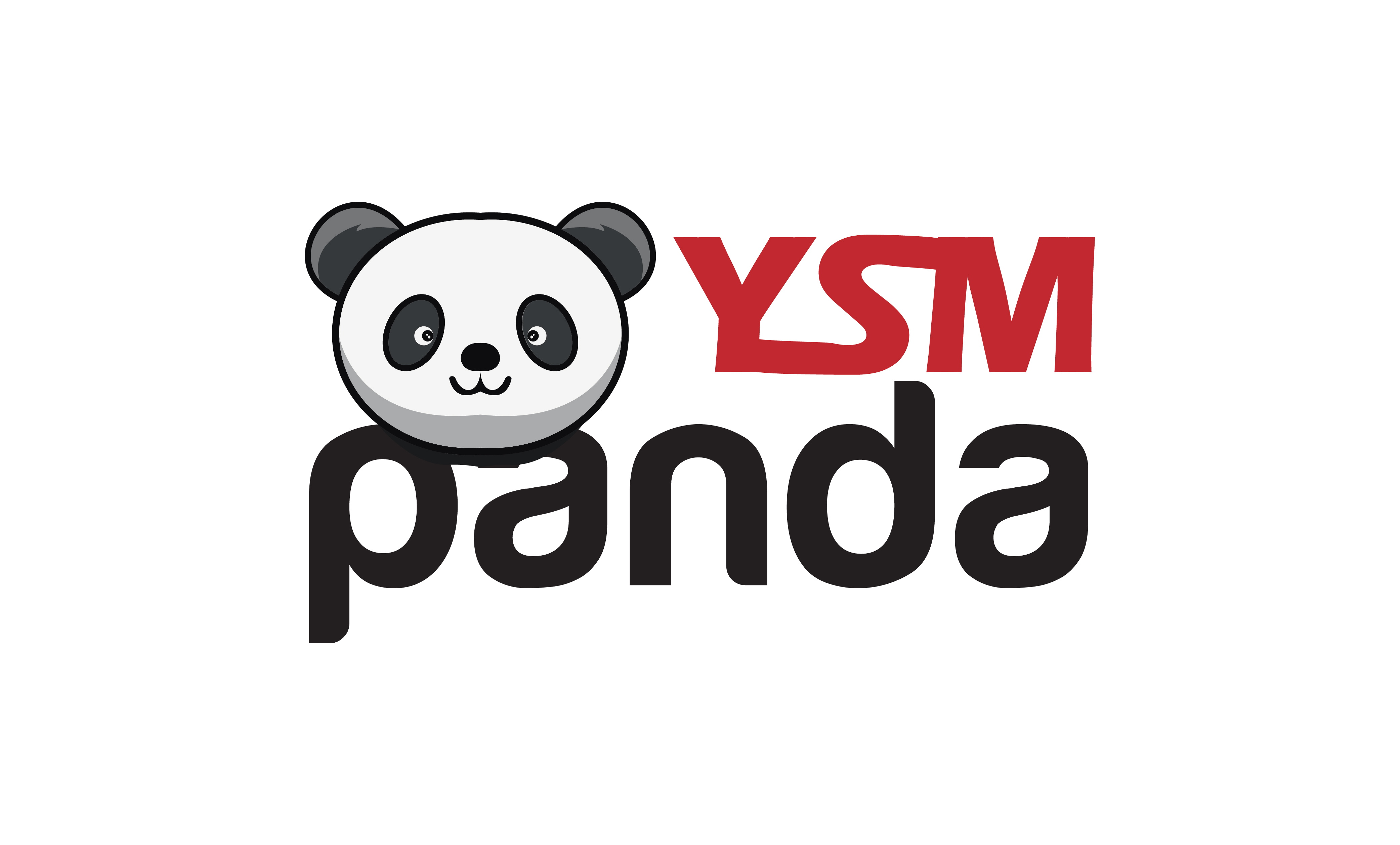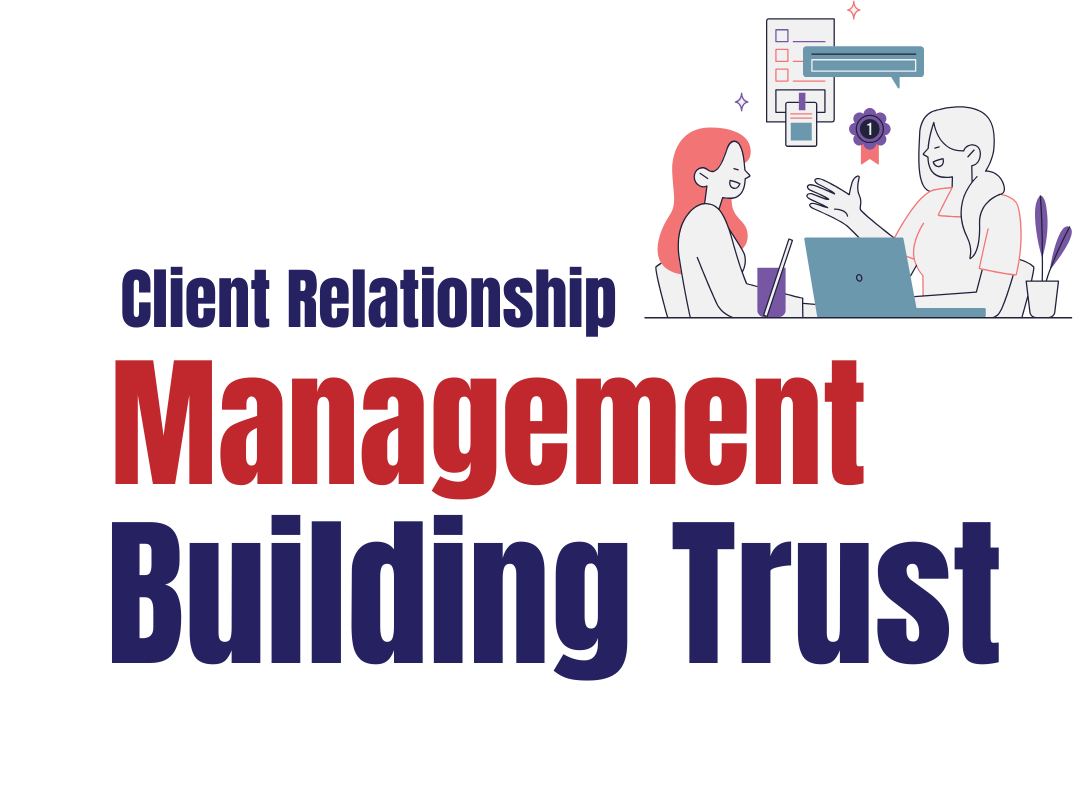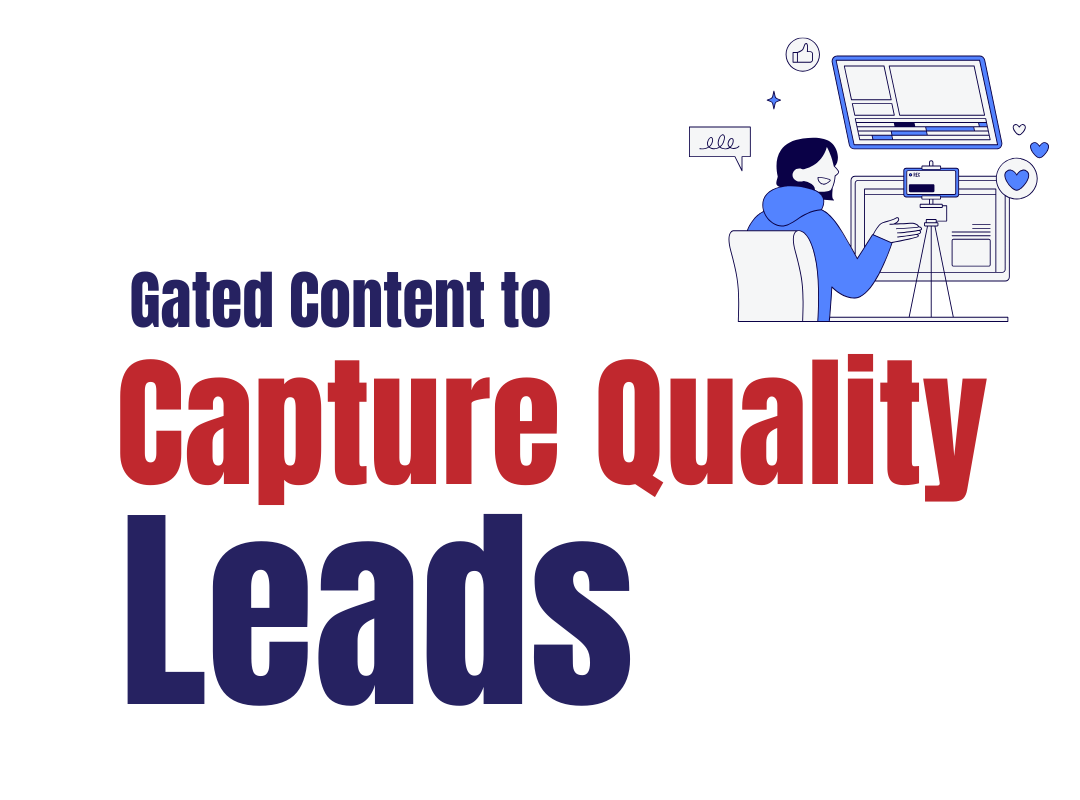September 2025 | By YSMPanda Team
When it comes to long-term growth, acquiring new customers is only half the battle.The real success lies in retaining existing clients, building trust, and maximizing their lifetime value. This is where client relationship management (CRM) becomes a critical business strategy. At YSMPanda, we have seen firsthand how businesses that invest in strong client relationships enjoy higher retention rates, more referrals, and sustainable growth compared to those that focus solely on acquisition.
In this article, we explore the importance of client relationship management, practical steps to implement it effectively, and proven strategies that can help your business maximize loyalty.
Why Client Relationship Management Matters
Loyal clients are the foundation of any successful business. Studies consistently show that retaining an existing client is more cost-effective than acquiring a new one. Furthermore, satisfied clients are more likely to:
- Increase their spending over time.
- Refer your services to others.
- Provide valuable feedback to improve your offerings.
Effective client relationship management ensures you not only deliver what clients expect but also create meaningful experiences that encourage them to remain loyal.
Identifying and Understanding Client Needs
Every successful client relationship begins with a deep understanding of the client’s needs and goals. Businesses often make the mistake of assuming what the client wants instead of actively listening. A structured discovery process can make all the difference.
Questions to ask during discovery include:
- What challenges are you currently facing in your business?
- What short-term and long-term goals are you trying to achieve?
- What past solutions have failed, and why?
- What does success look like to you?
By combining these insights with data from CRM platforms, businesses can build a tailored strategy that aligns with client expectations.
Onboarding: Setting the Foundation for Success
The onboarding process is the client’s first real experience of how you operate, so it needs to set the right tone. A clear and structured onboarding phase reassures clients that they’ve made the right decision and helps avoid misunderstandings later in the relationship. It’s also the stage where expectations are aligned, responsibilities are defined, and the groundwork for success is laid.
Scope of Work: Clearly outlining the scope of work ensures that both parties understand what is included—and what isn’t—in the agreement. This prevents scope creep, helps maintain profitability, and allows you to focus resources where they create the most impact. When clients see that boundaries are well-defined, they gain confidence in your professionalism.
KPIs and Benchmarks: Setting key performance indicators (KPIs) and measurable benchmarks early creates a roadmap for success. These metrics allow both you and your client to track progress objectively rather than relying on vague impressions. By tying your work to measurable outcomes, you demonstrate accountability and results-driven thinking.
Timelines: Establishing realistic timelines shows that you respect both the client’s urgency and the project’s complexity. It’s important to strike a balance—deadlines should be ambitious enough to inspire action but achievable enough to maintain quality. When you consistently meet these timelines, clients learn that they can depend on you.
Communication Channels: Agreeing on preferred communication channels—whether email, project management software, or scheduled calls—eliminates confusion and keeps the partnership running smoothly. Defining how often updates will be provided also builds trust by ensuring the client will never feel left in the dark. Reliable communication is often the difference between a good experience and a great one.
Building Long-Term Trust Through Relationship Skills
Trust doesn’t happen instantly—it’s built gradually through repeated positive experiences. Clients want to know that you not only understand their business but also care about their success. Developing the right relationship skills ensures that every interaction strengthens the partnership rather than undermining it.
Active Listening: True listening goes beyond simply hearing the words a client says; it means paying attention to tone, emotion, and underlying concerns. When clients feel genuinely heard, they are more likely to share important details that can shape better outcomes. Active listening also prevents misunderstandings and fosters deeper collaboration.
Empathy: Demonstrating empathy shows clients that you understand their perspective and challenges. This isn’t about agreeing with everything—it’s about acknowledging their reality and validating their concerns. Empathy builds emotional trust, making clients more comfortable relying on you during both smooth and difficult phases of the relationship.
Clarity: In business communication, clarity is more valuable than cleverness. Explaining complex strategies in simple terms helps clients feel informed and confident in decision-making. By avoiding jargon and providing straightforward updates, you reduce confusion and establish yourself as a trusted guide rather than a distant expert.
Consistency: Delivering on promises consistently, no matter how small, builds credibility over time. Clients learn to rely on you when they see that your actions always match your words. Even small, repeated demonstrations of reliability can be more powerful for building long-term loyalty than one-time big wins.
Managing and Exceeding Client Expectations
Meeting expectations is essential, but exceeding them is what builds loyalty. Businesses can achieve this by:
- Delivering results ahead of schedule when possible.
- Providing additional insights or resources beyond the agreed scope.
- Anticipating client needs before they arise.
At the same time, it is important to manage unrealistic expectations. Clear and respectful conversations about what is achievable help avoid frustration while maintaining credibility.
Delivering Value Over Tim
Client loyalty is not built overnight; it grows through consistent value delivery. Businesses should position themselves not as vendors, but as strategic partners. This means:
- Taking ownership of both successes and mistakes.
- Continuously improving services based on feedback and performance data.
- Demonstrating a long-term commitment to the client’s growth.
When clients see you as an extension of their own team, loyalty becomes a natural outcome.
The Role of Feedback and Continuous Improvement
Feedback is a cornerstone of client relationship management. It provides insights into what is working and where improvements are needed. Effective feedback management includes:
- Regular client surveys.
- One-on-one feedback sessions.
- Transparent reporting on how feedback is acted upon.
Closing the feedback loop—showing clients that their input leads to real changes—strengthens trust and encourages ongoing collaboration.
Maximizing CRM Tools for Retention and Growth
Technology can enhance, but not replace, the human aspects of client relationship management. The right CRM platform provides:
- A centralized database for client information.
- Automated reminders for follow-ups and reviews.
- Data-driven insights for better decision-making.
- Tools for personalizing communication at scale.
Businesses of all sizes can benefit from CRM tools. For example, a small company may use Zoho for simple client tracking, while a larger enterprise may rely on Salesforce for advanced analytics and automation.
Key Benefits of Strong Client Relationship Management
Implementing effective CRM practices leads to measurable business benefits, including:
- Increased client retention rates.
- Higher customer satisfaction.
- More efficient sales and service processes.
- Stronger collaboration across teams.
- A steady stream of referrals and repeat business.
Final Thoughts
Client relationship management is not just about systems or processes—it is about building trust, delivering value, and fostering loyalty over time. At YSMPanda,we believe that every client relationship should be treated as a long-term partnership. By setting clear expectations, communicating proactively, and consistently delivering results, businesses can transform clients into lifelong advocates.
If your organization is ready to strengthen its client relationships and maximize loyalty, YSMPanda can help. Our team specializes in building frameworks that ensure transparency, consistency, and measurable growth.




